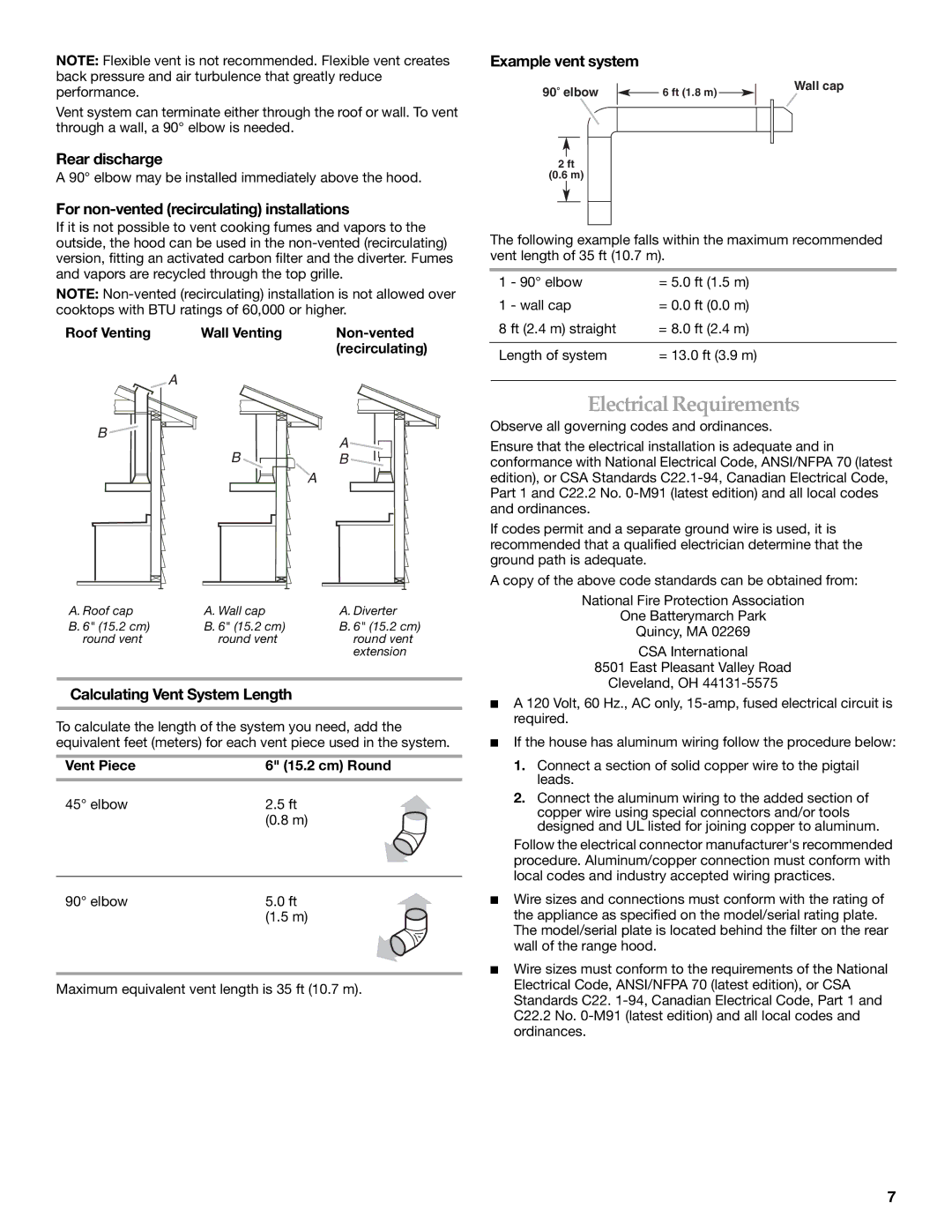W10268948C specifications
The KitchenAid W10268948C is an innovative replacement water filter designed specifically for certain KitchenAid refrigerators. This water filter provides consumers with clean and refreshing water right from their appliances, ensuring that families can enjoy healthier hydration and better-tasting beverages.One of the main features of the W10268948C is its advanced filtration technology. The filter effectively reduces a wide range of contaminants found in tap water, including chlorine, lead, and sediment, ensuring that the water remains pure and safe for daily consumption. This is especially important for households that rely heavily on filtered water for cooking and drinking.
The installation process for the W10268948C is straightforward, allowing users to easily replace their old filter without requiring professional assistance. Its design features a simple twist-and-lock mechanism that ensures a secure fit, minimizing the risk of leaks. Users can expect enhanced performance with each new filter, which translates to optimal water quality and taste.
Another noteworthy characteristic is the longevity of the filter. The W10268948C typically has a lifespan of up to six months or approximately 200 gallons, depending on the water quality and usage within the household. This endurance allows for a more extended period between replacements, providing convenience and peace of mind to busy families.
Additionally, the filter is certified by various third-party organizations, assuring consumers of its performance and safety standards. This certification adds a layer of credibility to its claims, making it a trusted choice among users.
Moreover, the W10268948C is environmentally friendly, as it minimizes plastic waste by ensuring that users have access to clean water at home, reducing the need for bottled water. This contributes positively to environmental conservation.
In conclusion, the KitchenAid W10268948C stands out as an efficient water filter that emphasizes safety, convenience, and sustainability. With its advanced filtration technology, easy installation process, long lifespan, and reliable performance, it remains a top choice for homeowners seeking to enhance the quality of their drinking water. Investing in this filter is a step toward healthier living and sustainable practices in the kitchen.

